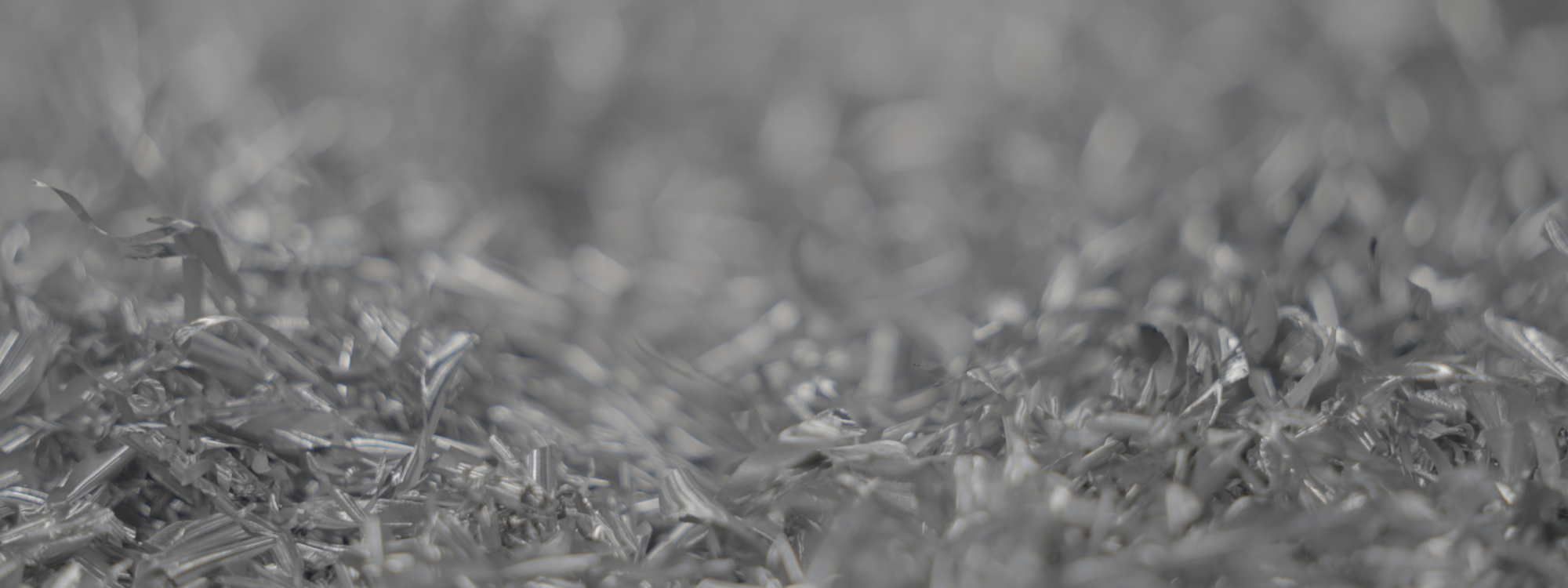semiconductor
As the demand for digital technologies continues to increase, the manufacturing of high-quality semiconductors has become more challenging. Visser Precision offers the expertise and equipment to produce and modify the most precise semiconductor capital equipment hardware on the market.
Additive Manufacturing
Additive Manufacturing (AM), often referred to as 3D printing, has emerged as a transformative force within the semiconductor industry, offering a plethora of benefits across various segments. Historically, semiconductor manufacturing has been characterized by large-scale processes and intricate supply chains. However, AM introduces a paradigm shift by enabling rapid production of capital equipment components, thereby reducing lead times and enhancing operational efficiency.
How Does Additive Manufacturing Support the Semiconductor Industry?
Additive Manufacturing serves as a catalyst for innovation within the semiconductor sector, revolutionizing traditional manufacturing processes and opening up new possibilities. By leveraging advancements in 3d printing technologies, semiconductor companies can experience the following benefits:
Customization and Development of Semiconductor Components
AM facilitates the production of highly customized components tailored to specific requirements, allowing for greater design flexibility and adaptability in semiconductor capital equipment and semiconductor component production.
AM enables rapid prototyping of semiconductor designs, accelerating the product development cycle and reducing time-to-market for new technologies. The ability to make iterations in low volume allows semiconductor companies to consider multiple designs when creating their products.
AM enables semiconductor capital equipment designers to optimize component designs for performance, functionality, and efficiency. By leveraging advanced simulation tools and structural optimization methods, designers can explore innovative design concepts and achieve superior performance characteristics in semiconductor manufacturing.
Complex Geometries for Complex Components
Additive manufacturing (AM) has revolutionized the fabrication of complex electronic components by overcoming the limitations imposed by traditional manufacturing methods. In traditional manufacturing, intricate designs and complex geometries, such as manifolds, cooling channels, or venting systems, pose significant challenges due to constraints related to tooling, machining, and assembly. However, AM techniques offer unique capabilities that enable the production of highly intricate and complex components with unprecedented precision and efficiency.
One of the key advantages of AM is its speed of the fabrication process. By making the capital equipment for semiconductor creation more efficient, production gains can be made, ultimately improving the speed and abilities of production. With AM technologies, such as laser powder bed fusion (LPBF), high precision and resolution can be achieved, enabling the fabrication of intricate details and fine features with minimal post-processing requirements.
Applications of Additive Manufacturing
The applications of metal additive manufacturing within the semiconductor industry are diverse and far-reaching. From the production of advanced microchips to the fabrication of intricate sensor components, AM technologies find application in:
Microchip Fabrication
In microchip fabrication, AM plays a pivotal role in enabling the precise deposition of semiconductor materials. By utilizing advanced AM processes such as LPBF, semiconductor manufacturers can achieve unparalleled precision in fabricating intricate microchip designs. AM facilitates the production of high-performance microchips with speed and efficiency.
Sensor Manufacturing
Sensors are integral components in numerous semiconductor applications, spanning industries such as automotive electronics, consumer electronics, and Internet of Things (IoT) devices. AM revolutionizes sensor manufacturing by offering rapid production capabilities and unparalleled design flexibility. Semiconductor companies can leverage AM to create sensor components with customized designs and intricate features tailored to specific application requirements. Whether it's temperature sensors, pressure sensors, or motion sensors, AM enables the fabrication of sensor components optimized for performance, sensitivity, and durability. Furthermore, AM facilitates the integration of multiple sensor elements into complex assemblies, enabling the development of multifunctional sensor systems for diverse applications.
Encapsulation and Packaging
Encapsulation and packaging are critical for protecting semiconductor devices against environmental factors such as moisture, temperature fluctuations, and mechanical stresses. AM technologies offer innovative solutions for fabricating specialized encapsulation and packaging solutions tailored to semiconductor applications. By utilizing AM processes such as powder bed fusion or binder jetting, semiconductor manufacturers can produce customized encapsulation structures with intricate geometries and tailored material properties. These encapsulation solutions ensure the protection and reliability of circuit boards, transistors, and semiconductor devices in harsh operating environments, extending their lifespan and enhancing performance. Additionally, AM enables the integration of features such as thermal management elements, electromagnetic shielding, and embedded sensors into encapsulation designs, further enhancing functionality and reliability.
Our equipment is capable of complying with the most stringent legal standards in a variety of sectors. Whether you need extensive machine work such as 5-axis spindles or just a simple part machined, we can help.
Advantages & Limitations
Advantages
Additive Manufacturing offers several significant advantages for the semiconductor industry:
Customization
AM enables the production of highly customized semiconductor components tailored to specific applications and design requirements.
Rapid Prototyping
AM accelerates the product development cycle by facilitating rapid prototyping of semiconductor designs, reducing time-to-market.
Complex Geometries
AM technologies excel at fabricating intricate designs and complex geometries that are challenging to achieve using traditional manufacturing methods.
Supply Chain Efficiency
By minimizing reliance on traditional manufacturing facilities and instead relying on 3d printers, AM for semiconductor production enhances supply chain resilience and operational flexibility while limiting disruptions in supply inventory.
Innovative Material Options
Additive manufacturing opens up possibilities for using novel materials in semiconductor fabrication. Researchers are exploring various semiconductor-compatible materials for 3D printing, including conductive inks and semiconducting polymers, which could enable new applications and device functionalities.
Limitations
However, the widespread adoption of AM in the semiconductor industry faces several challenges:
Material Selection
The range of materials suitable for AM within the semiconductor industry may be limited, restricting the applicability of certain designs and applications.
Surface Finish
Achieving high-quality surface finishes and tolerances may pose challenges with certain AM processes, impacting the performance and reliability of semiconductor components.
Cost
Initial setup costs for AM equipment and materials can be significant, particularly for high-precision semiconductor applications, potentially limiting adoption among smaller companies and startups.
REQUEST A QUOTE
Ready to elevate your semiconductor endeavors with Visser Precision? Contact us today to request a quote and discover how our expertise can propel you toward victory.

let’s get social
Join us on social media to stay updated on the latest developments in how additive manufacturing can transform the semiconductor. Connect with our community, access exclusive content, and discover how Visser Precision can enhance your operations.






